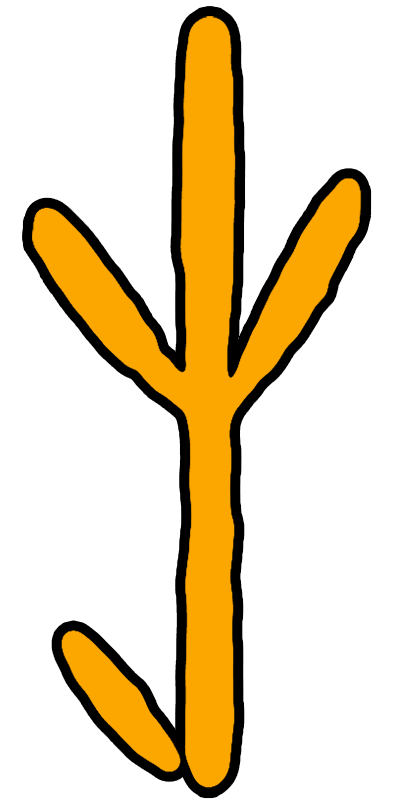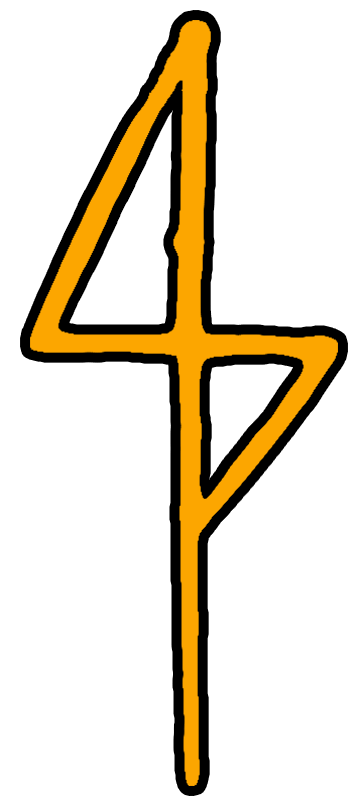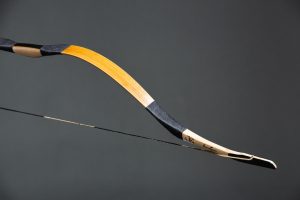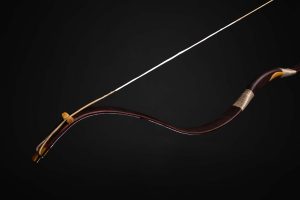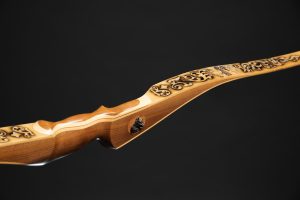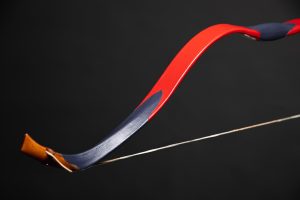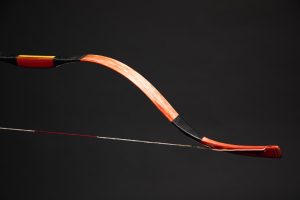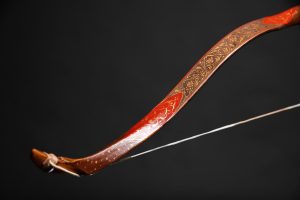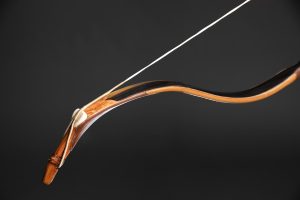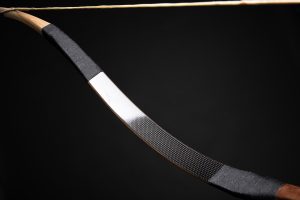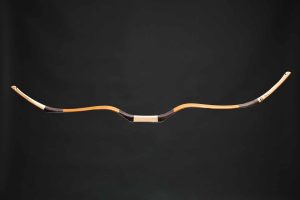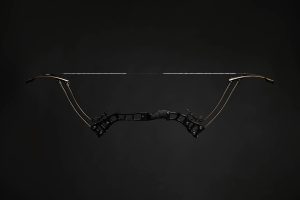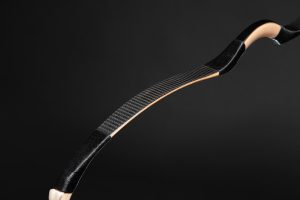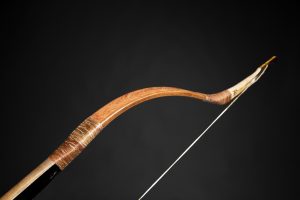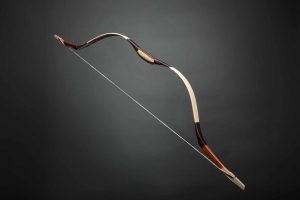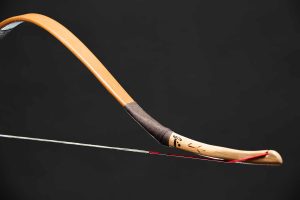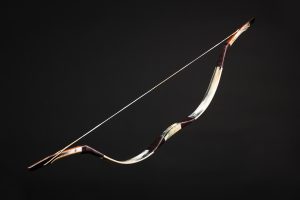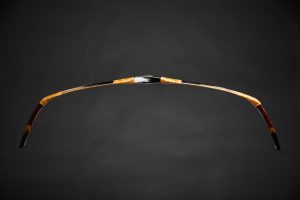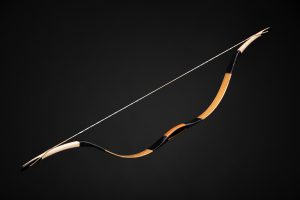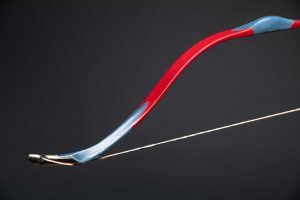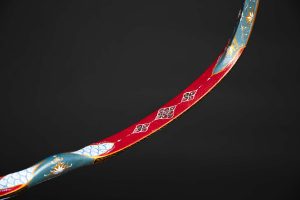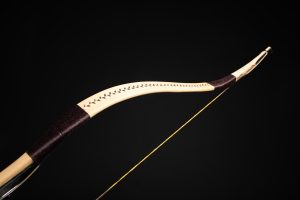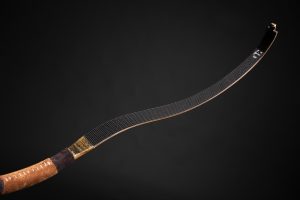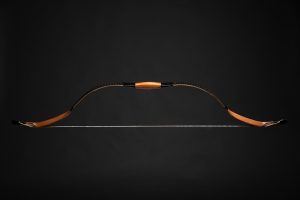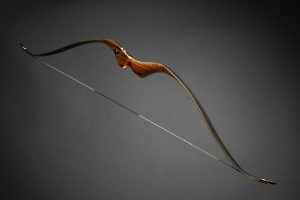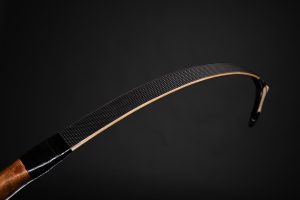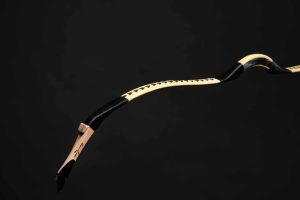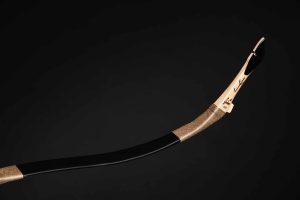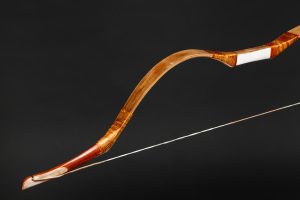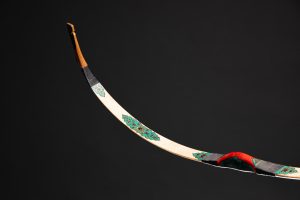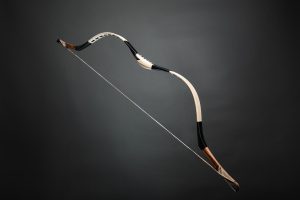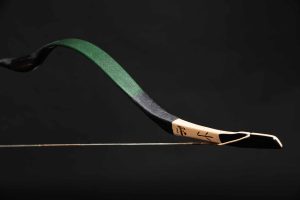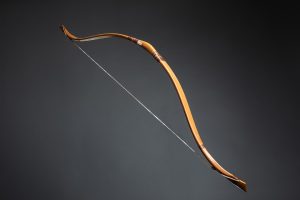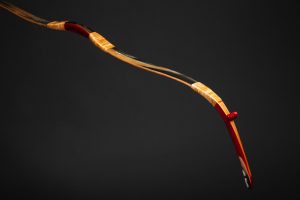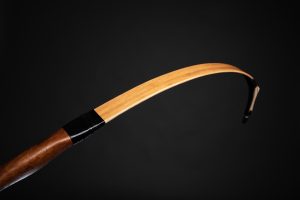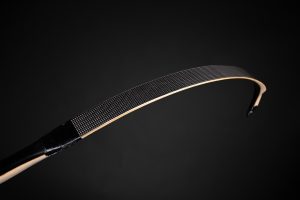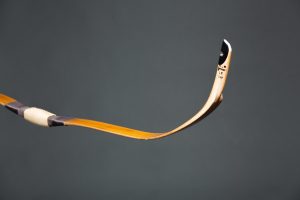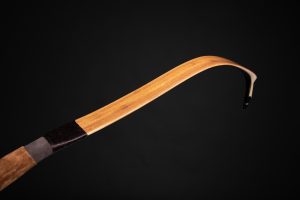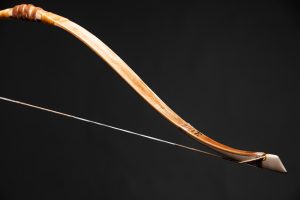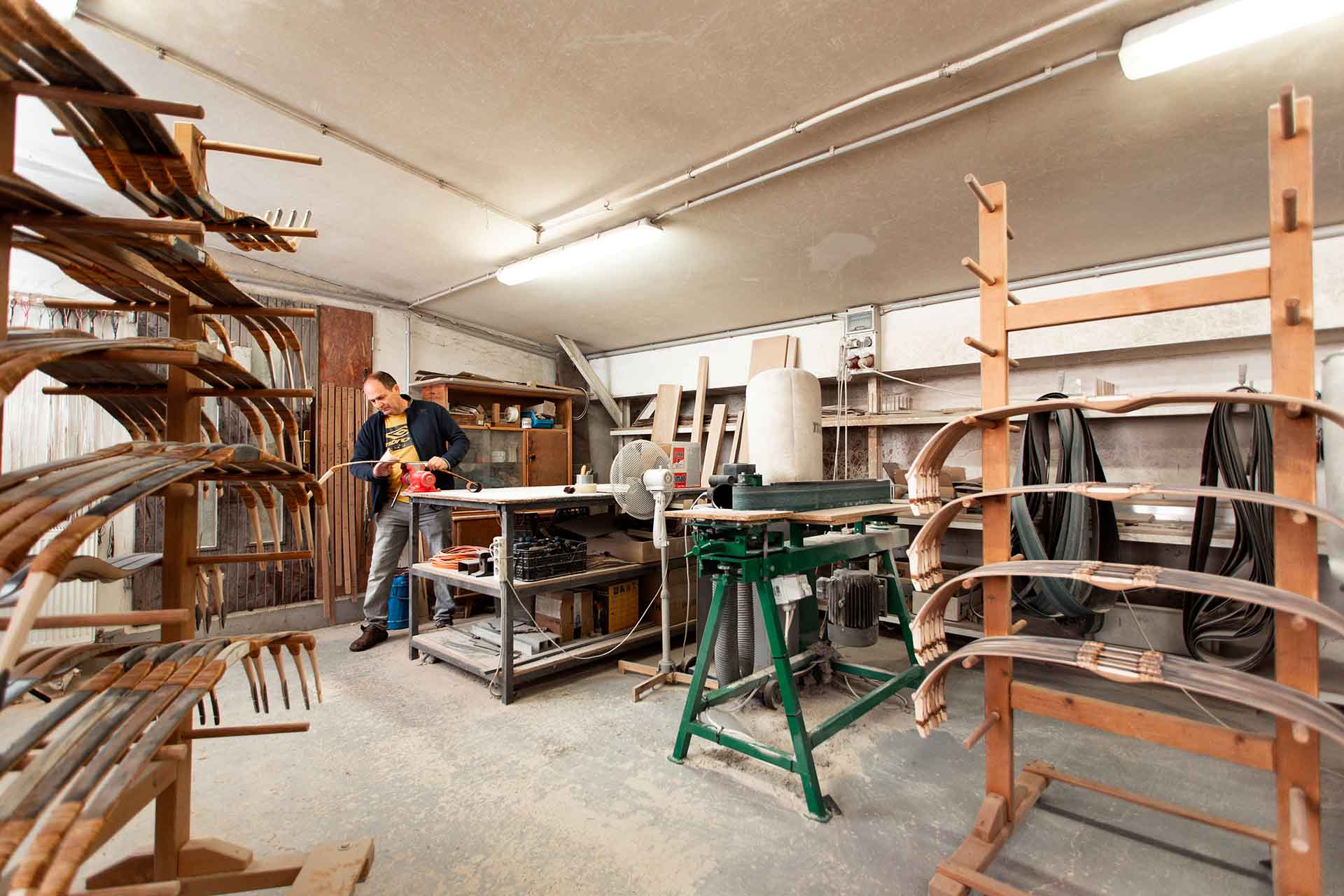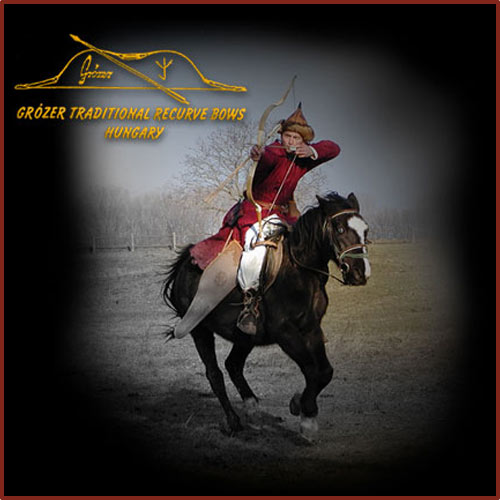
ATTENTION!
Our website contains bows*.
If you are a visitor for professional purposes, log in as our pages contain information for professional purposes only.
In all other cases, please leave our site.
By clicking the "ENTER" button, you declare that you are a visitor for professional purposes only, and that you only need the information on the page for professional purposes.
*Based on the 175/2003. government decree, the bow is considered an instrument of increased danger to public safety. We are not responsible for violations committed with a bow.
ENTER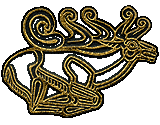
Biocomposite Scythian bow
Information!
There may be color differences in the picture compared to reality!
You can write it down in the comment section at checkout if you have an idea about the colors.
Bows are usually made from 25-70#. Bows can be made between 75-140#, but only certain models.
From 75#, there is no warranty and we do not take any responsibility for the bows. The buyer must make a written statement of this, that he acknowledges it, and we will charge a +50 EUR cost. Decorative painting is +150 EUR.

Featured Bows
Our bows, which are more special than average and define their product category, deserve special attention.


Who where the Scythians?
B.C. Around 700 AD, the grassy steppe from the Carpathians to the Altai came under the rule of equestrian nomadic tribes speaking different ancient Iranian languages, which the Greeks called Scythians and the Persians Saka. They considered themselves the people of the bowmen.
For these peoples, cattle served as a measure of wealth. The grass steppe provided food for these animals. When a given area was grazed, they moved on. Horses played a very important role in the quick and easy change of location. They spent almost the whole day on horseback. In the Bible, the prophet Jeremiah writes the following about the Scythians: “an invincible ancient nation, a nation whose language you do not know and whose speech you do not understand, whose arrows are like an open grave, and they are all heroes”. The Scythians took an active part in the attack on the Assyrian capital, Nineveh, and even the Egyptian pharaoh paid tribute to the Scythian prince with a rich donation. Herodotus writes about them: “The Scythians have neither cities nor built fortifications.
All horsemen equipped with bows. They are not farmers, but livestock keepers. The most characteristic feature of the Scythians is that no enemy that attacks them can escape from them by running, and cannot defeat them if they do not want to fight openly, since they are a people that carries its abode within itself, that has no cities and fortresses, where everyone horse archers, such a people are invincible and unapproachable”. According to the tribal laws, the experienced and brave warriors who brought the enemy’s head from the battlefield were recognized by the leader as having received an appropriate share of the booty. Those who were not connected to the other by family ties, with the blood pact They took their bond so seriously that they even sacrificed their lives to save each other.
Some excavated graves and kurgans testify to the wealth of their leaders. These kurgans are actually approx. 50 m2, 4-5 m deep burial chambers. The body of the deceased was embalmed, the body was stuffed with a mixture of wild celery, anise, frankincense and fragrant herbs, and the mummified body was placed in a wooden sarcophagus. His wife, concubines, best horses and other servants were buried next to the leader. In the end, a huge pile of ashes was raised above the burial chamber, which was later covered with earth and grass, which from a distance looks like just a big hill. There are several such hills in the Carpathian Basin, between the Danube and Tisza, and in the Nyírség.
The intact remains of the kurgans indicate their connections with the most advanced cultures of the ancient world. On the one hand, they were mediators between the Far East and the West, and on the other hand, they taxed the goods passing through the then “Silk Road”. The finds of incomparable beauty extracted from the graves testify that not only skillful shepherds emerged from the people of the steppes, but also outstanding blacksmiths, goldsmiths, bow makers, belt walkers, carpenters, bogans and potters, not to mention the masterpieces of weaving and felt-making women. To decorate them, the so-called Siberian animal style, depictions of mixed animals were characteristic.
Among the Scythians there were those who excelled in philosophy, medicine and other sciences, e.g. Anacharsis, who was considered the greatest sage of the ancient world. It is attached to its name, e.g. the introduction of the potter’s wheel and the ship’s anchor, and it is believed that he taught the Greeks to drink wine in the Scythian way, that is, without diluting it with water.
More to read
More about the Scythians



